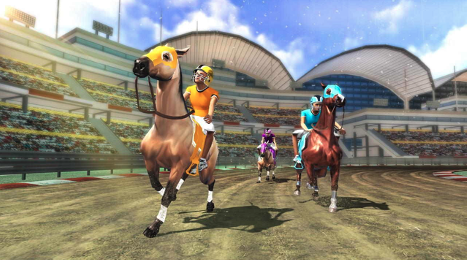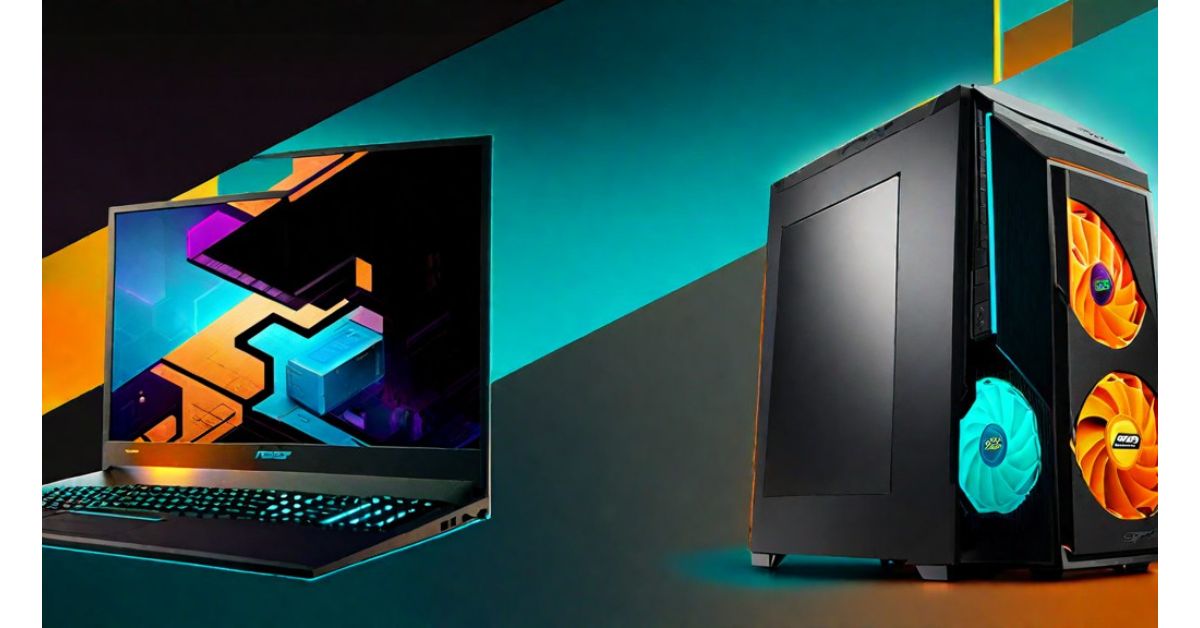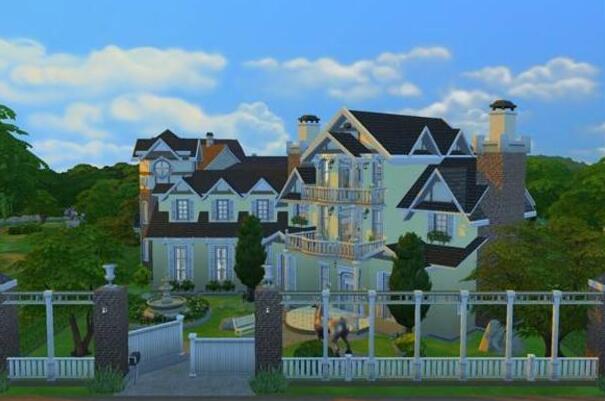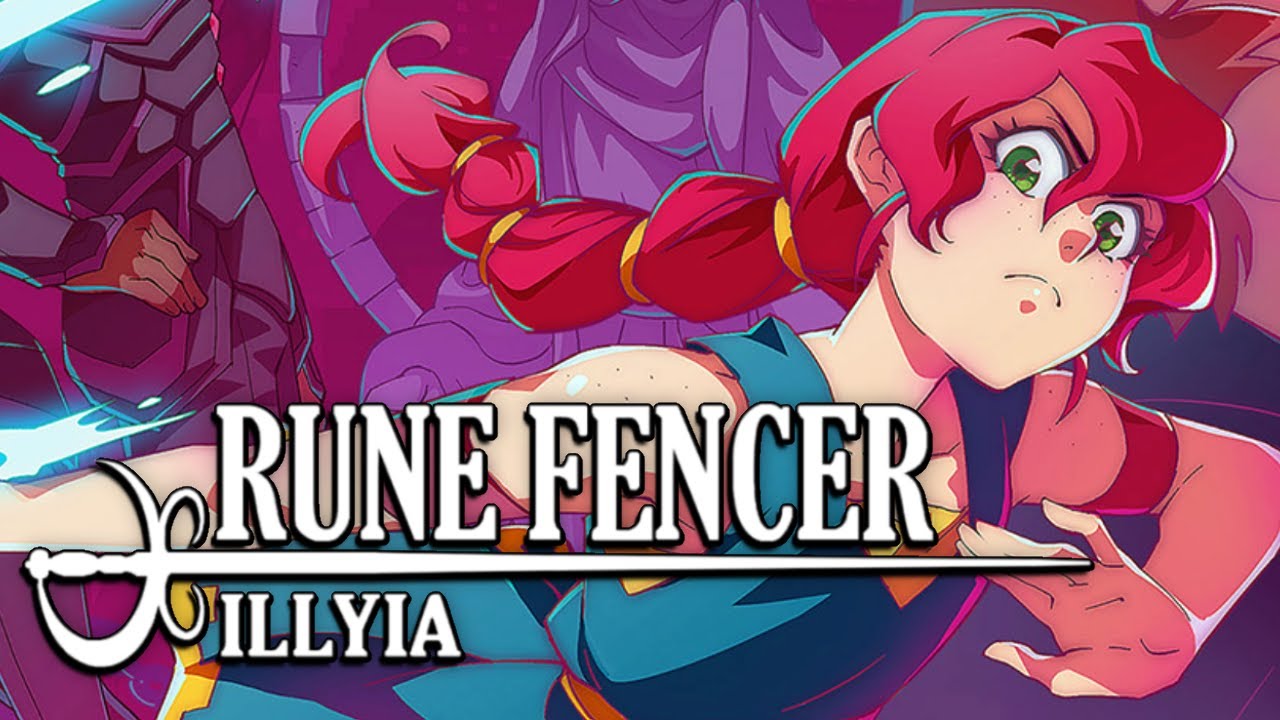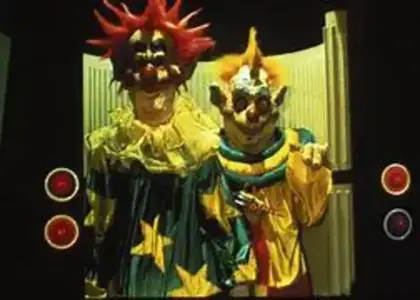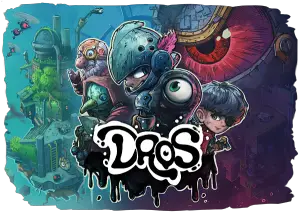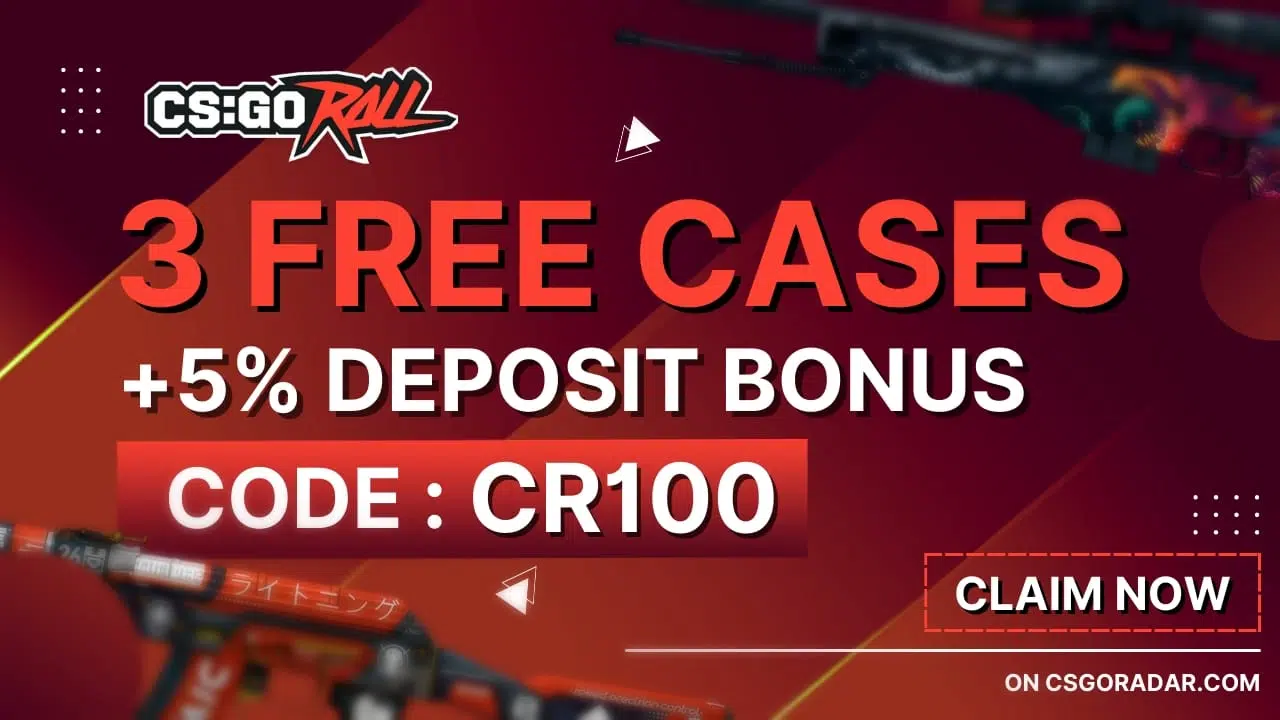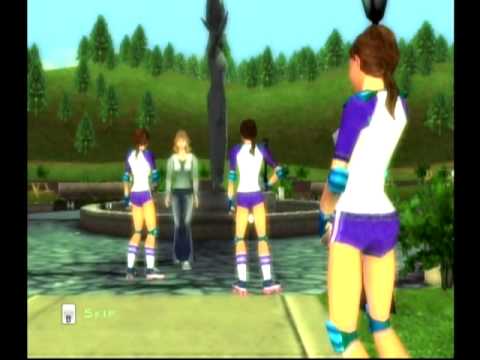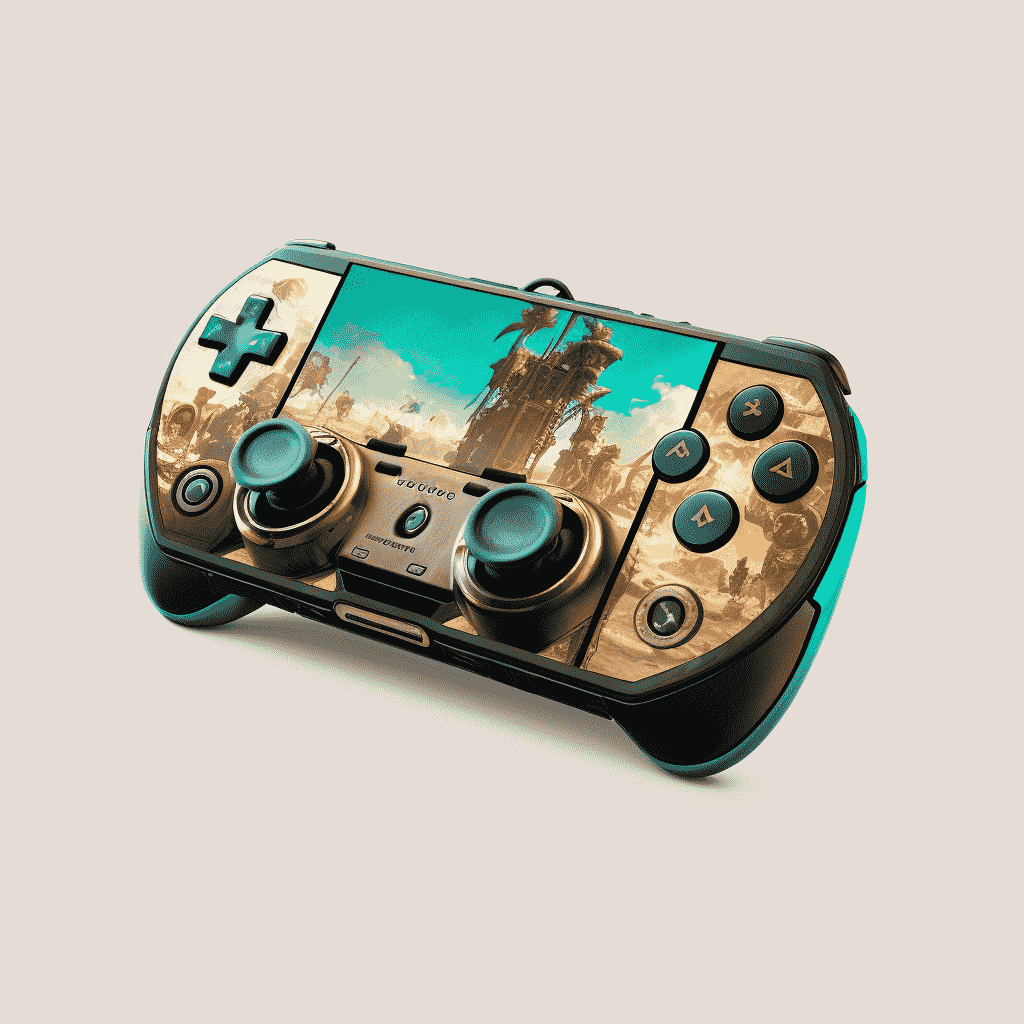DeadToast Entertainment’s My Friend Pedro originally released back in June of 2019 for PC and Nintendo Switch, and later in December for Xbox One. For those of us out there who don’t waste time or money on digital-only releases, the game’s physical release came a little later for the Switch in the fall, which is when I picked up a copy of the game. I’m a little bit of two minds about the title due to a love-hate relationship with some elements, but certainly more love than hate.
Pros:
+Bullet Time Gunplay
+Interesting Story
+Stunt/Trick Kills
+Gun Controls
+Skateboard
+Dismemberment
Neutral:
Decent Soundtrack
Challenging But Unmemorable Enemies
Cons:
-Lack of Stage Variety
-Annoying Puzzle-Platforming Segments
-Forgettable Bosses
-Wonky Platforming Physics
The general story for the game is that you take on the role of a mysterious gunman with amnesia who is compelled by a sadistic banana named Pedro to go on a shooting spree against a corrupt crime syndicate, which eventually leads the gunman to the ruler of the internet, a danger-haired, feminist-adjacent harpy who has turned the digital world into a dystopian nightmare.
You’ll venture through a variety of levels, killing everything in your path as you make your way to the queen of the internet, all in an attempt to free the web from her corrupt grip.
The Switch version of the game retains all the functionality you would expect from the other versions of My Friend Pedro, this includes being able to jump, dodge bullets, slow down time, and dual-aim while you’re wielding akimbo weapons.
The hook for the game is that it’s a 2.5D cinematic shooter. It combines some of the dynamic movie-style shootouts.
For the most part the game works well for what it sets out to do. The first handful of stages leading up to the first boss fight with the Butcher are cool, especially the action-driving sequence.
Moreover, the first quarter of the game is structured with finely prepared urban stages featuring street-level thugs and Hong Kong movie-inspired set pieces, not unlike the Hong Kong Massacre and the first Max Payne.
Unfortunately (or fortunately, depending on how you view it) from the construction site onward the game gears more toward puzzle-platforming than more typical run-and-gun action.
I found myself tuning out of the game as it required more and more focus on sovling these platforming puzzles (especially in the sewers and the final internet segments) instead of attempting to overcome the challenges of well designed rooms with properly placed villains.
There was no seedy hotel you had to shoot your way through as you scaled to the rooftops, or vice versa, with the player having to scale down from the roof to the ground level. There was no office high-rise stage where you get to shoot in slow motion through a series of floors based on a modern-day building overrun with cubicles and desk supplies. There was no disco stage, no concert stage, no biker bars, no nightclubs, no brothels, no Yakuza dens, no saunas, no police stations, nor any shanty towns.
There were like 101 different movie-inspired set pieces they could have included in the game but didn’t. In some ways it felt like after the first boss fight the stage designer was fired or lost inspiration and someone else took over and started working on some really sub-par ideas to flesh out the rest of the game. Although, to be fair, there’s a pretty cool train stage that is chock full of awesome opportunities for over-the-top kills, but it seems to come and go rather quickly.
As mentioned at the top of the review, the boss fights after the Butcher are mostly forgettable. It seemed like they had this really cool concept but just didn’t know how to build a full-fledged game around it outside of the first handful of stages.
I found myself grinding through a lot of the levels to get to the next one instead of enjoying it. That was the major difference between My Friend Pedro and both Max Payne and Valfaris, both of which fall into similar categories of gameplay. Even though both games had padded out levels, they were interspersed in between very memorable levels with some awesome action sequences. Hated or troublesome parts weren’t the majority of the gameplay for either Max Payne or Valfaris, so you were inclined to replay them and try new weapons, upgrades, or tactics.
With My Friend Pedro I would only be inclined to replay the first handful of stages leading up to the Butcher boss fight. Beyond that the rest of the game was kind of annoying.
However, the core of the gameplay is what really sells My Friend Pedro. Being able to dual-wield sub-machine guns or two pistols and dexterously aim at two completely different enemies while twirling in the air upside down during a free-fall is pure ace.
The stunt-kills are great. You can ride a skateboard, kick it into the air and lop a guy’s head off while firing a grenade at a barrel and blowing up a bunch of other guys. You can knock dismembered body parts into an enemy and while they’re stunned jump kick while shooting another guy in the head. You can use a frying pan to snipe enemies across the stage on a completely different floor than you.
There are endless combinations of cool trick-shots you can pull off. The downside is that a lot of them are situated in between some teeth-gritting platforming-puzzle segments that just drains all the fun out of the experience.
One other aspect that makes the platforming puzzles annoying is that when you activate bullet-time you lose acceleration on the initial jump physics, so you still decelerate the same as when it’s in normal time, but you don’t accelerate enough to hit your full jump height. This results in missing the platforms or falling to your death unceremoniously because you activated the bullet-time too soon and couldn’t gain enough height on your jump. So in order to achieve the proper height you have to activate the slow motion only after you reach the peak of the jump. It’s something you would have at least thought the QA team would have caught before the final game shipped, but… oh well.
To help with the replayability, however, there are some game modifiers you can unlock by collecting hidden icons throughout the game. Each modifier allows you to alter aspects of the game, from changing the player size to unlocking infinite ammo, or from modifying the game speed to giving everyone big heads, there are a number of different modifiers you can collect and activate the change up the way the game plays.
This can give you a fresh take on the levels if you want to replay them with the modifiers on, and maybe after some time away from playing through the game, you might be compelled to play through it again with some of the modifiers activated.
By the time I hit the credit screen I was a little worn out but also smiling because the entire end sequence is pretty trippy.
So while I may have spent a good amount of time trashing most of the levels and their design, I do have to admit that there are some bright spots in between. There are a few sequences where you have to go through what could only best be described as a drug trip in a fantasy land killing evil minions, and a final showdown that I thought was quite hilarious.
As I mentioned at the top of the article, there’s a love-hate relationship with My Friend Pedro. I love the game mechanics. It runs well on the Switch. The frame-rate is decent and I had no problems playing either in portable mode or TV mode. The 2.5D presentation works well for the game’s intended purpose, and some of the trick-shots and skill-kills can easily bring a wry smile to one’s face.
However, the drab level designs following the first handful of stages and the frustrating platforming puzzles really kill the game’s momentum. Mostly forgettable bosses and samey-art for the construction site, sewer and internet stages just left me uninterested and disengaged. The game modifiers were a nice touch, and the combat is infectious once you get on a roll.
I’m torn on this one because I think it’s worth playing but only if you get it discounted or can borrow it from a friend. Hopefully, if they make a sequel, they’ll retain the fun gunplay but seriously work on improving the overall stage designs and make them feel more grounded with a variety of combat puzzles rather than platforming puzzles.
Verdict:



